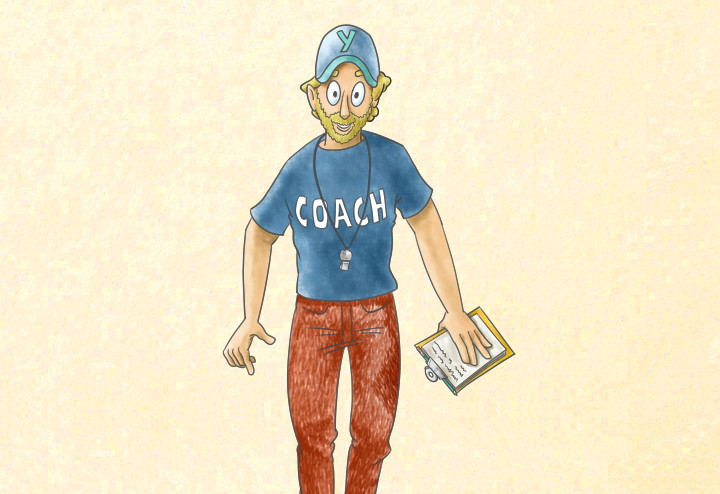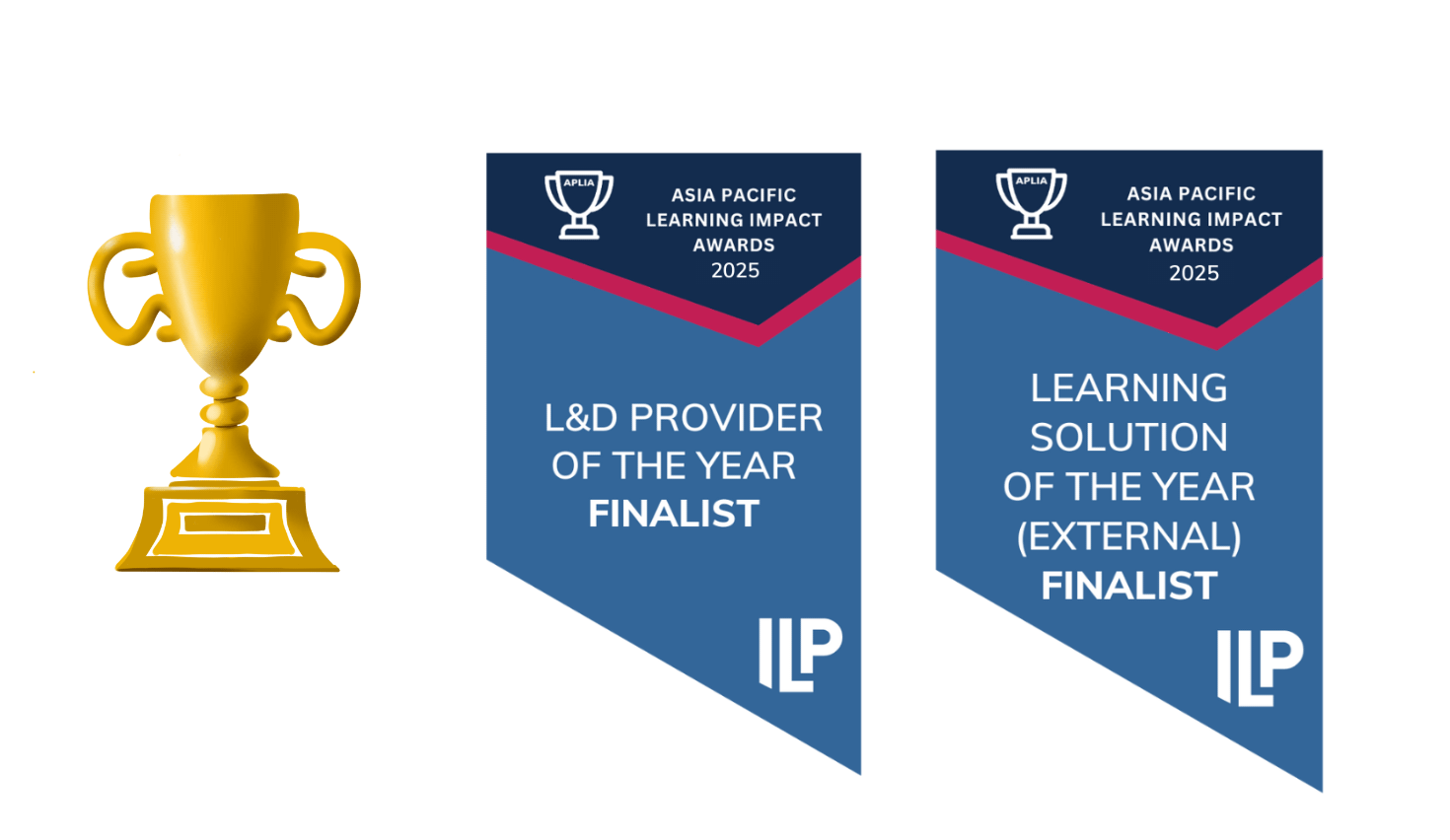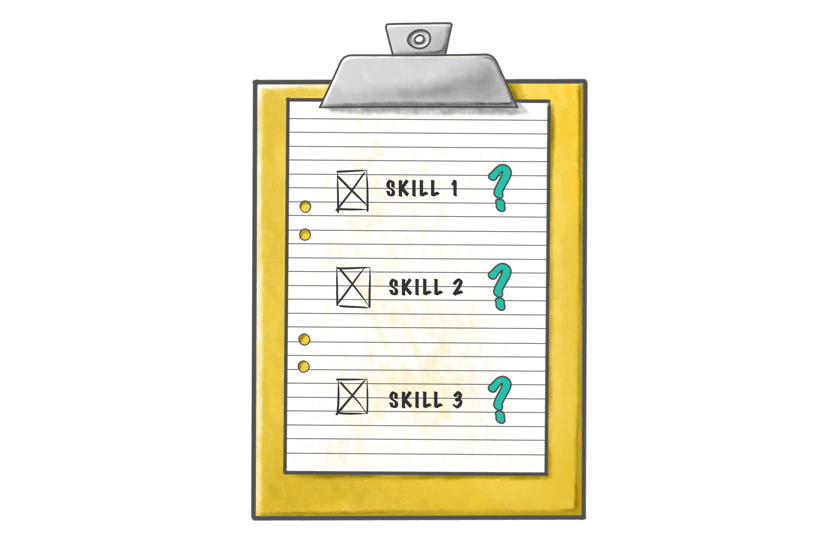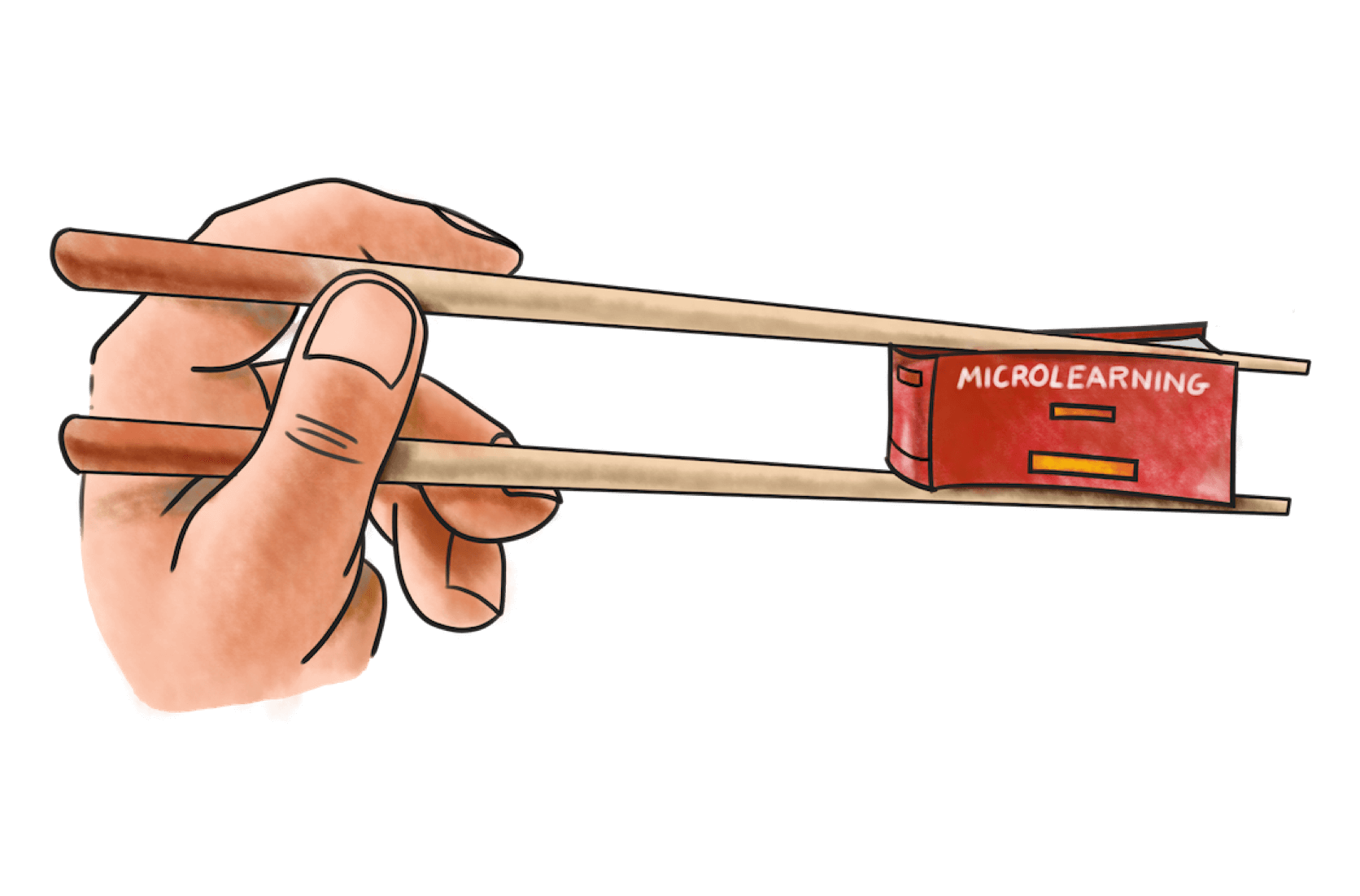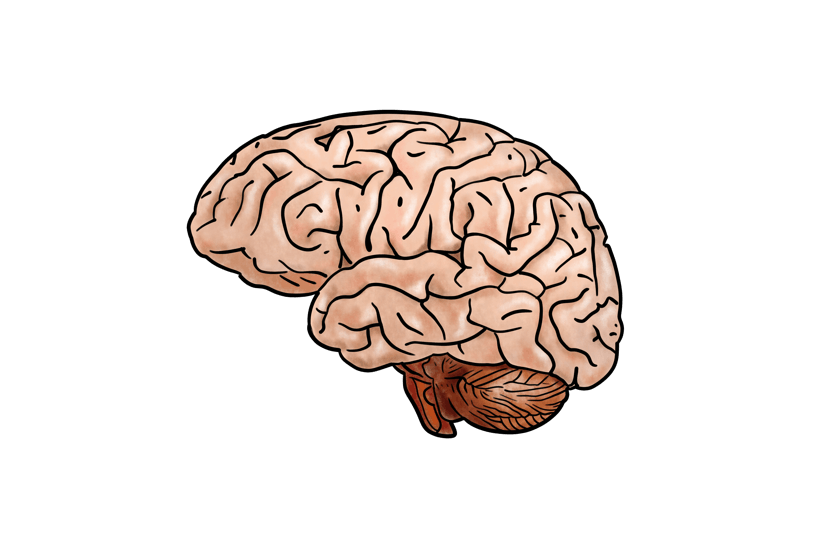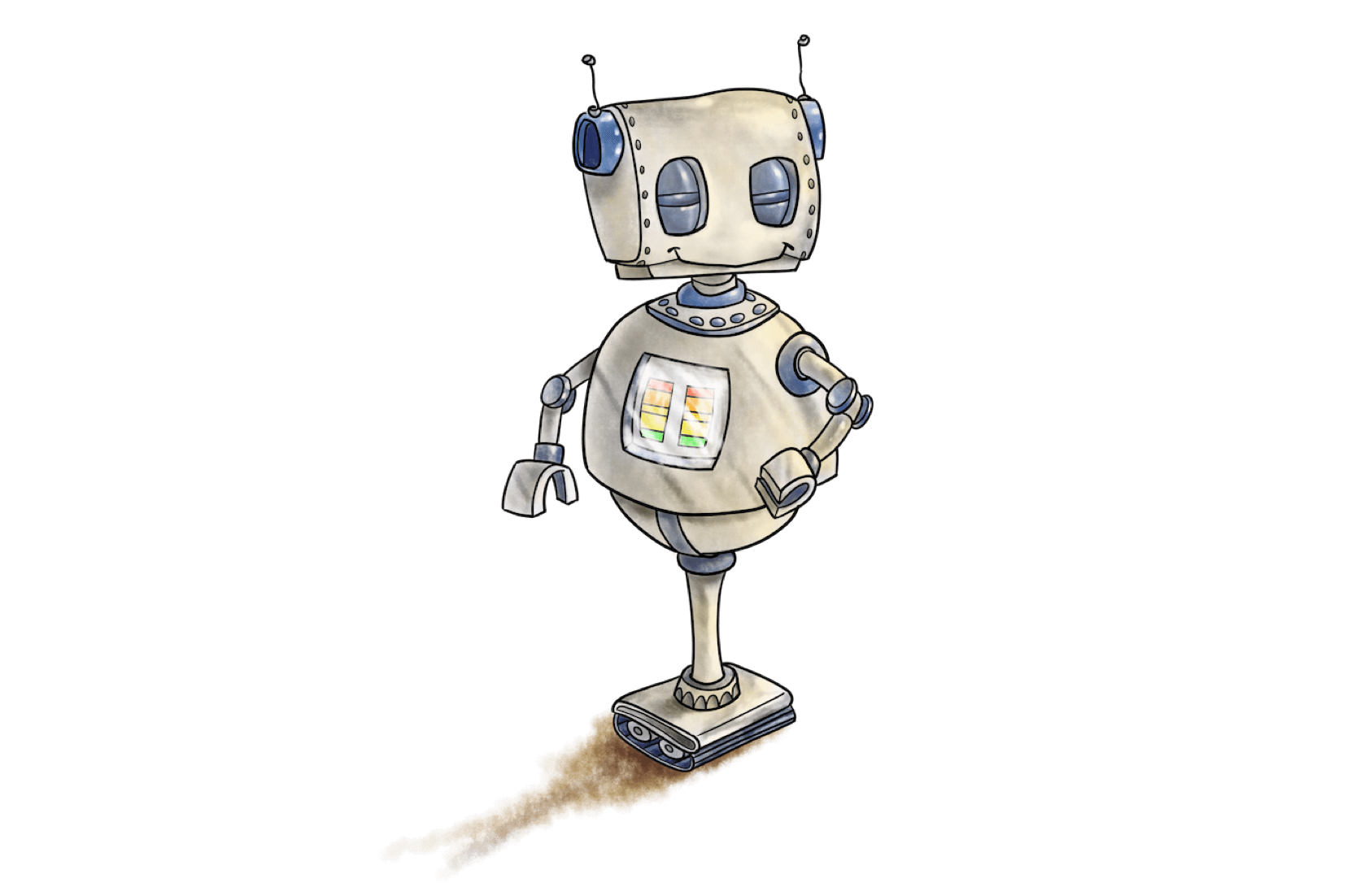
The learning industry is abuzz with innovation – from AI to adaptive learning design, yet almost one in five (17%) of organisations (surveyed by Deloitte) don’t measure, or don’t know how to measure, training return on investment (ROI). There’s never been more potential to make a real difference. At Yarno, we’re big believers in demonstrating learning ROI and that learning must support the business strategy. Here are our top three tips for driving learning impact:
1. Partnership over procurement
Learning isn’t something that can be bought off the shelf. It’s something built together through collaboration.
At Yarno, our commitment to delivering high-quality learning solutions is driven by a deep belief that true learning success is measured by behaviour change. We see learning as a catalyst for lasting transformation – in how people think, work, and make decisions every day. That’s why our approach goes beyond delivering content: we partner closely with our customers to design learning experiences that are engaging, measurable, and aligned to real business outcomes. By focusing on learning ROI and behavioural impact, we ensure every Yarno campaign creates meaningful shifts in capability, confidence and culture (triple C for the win!).
As Mark Eggers, Yarno’s co-founder, states:
The companies getting the biggest wins are fostering a culture of learning throughout the entire organisation. They're looking at learning as a differentiator and a revenue driver, rather than simply as a compliance or tick-box exercise.
2. Prioritise innovation that’s useful, not just new
In a rapidly evolving L&D landscape, innovation only matters if it solves real problems. For organisations stretched thin on time and resources, technology should simplify learning, not add another layer of complexity.
We know that high-quality content is critical to high learner engagement, yet many organisations state that content creation is a barrier. They don’t have the time, resources or money to invest in creating quality content. This is a problem because quality content is critical to learning success!
We've been wrestling with this for many years. The big question we wanted to answer is: Can generative AI (genAI) help reduce content creation time? We then explored this with an experiment aimed at reducing content creation time by 25% using genAI.
Let's say on average it takes one hour to research and write a Yarno question, answers and an explanation and find an image or video. For a 30-question Embed campaign, that's 30 hours of content creation time. If we could reduce that by 15 minutes per question, for a 30-question Embed campaign, we'd save 7.5 hours! That's huge.
As early as 2021, we assembled a cross-functional team and focused our efforts on looking at research, AI prompts and models (like OpenAI and Claude). The early days were tough as the models just weren’t performing that well. However, over the last 2 years, things have really accelerated. We then began creating our own genAI tool within Yarno that could help write questions in Yarno’s question, answer, and explanation format.
The result was incredible. With Yarno AI, we saved over 22 hours of content creation time when generating a 30-question campaign. And helped our customers address one of their biggest pain points: content creation time. For our customer, Winning Group, Yarno AI has resulted in an 80% reduction in time creating content in Yarno.
3. Focus on knowledge retention and behaviour change
Short-term engagement can be easy. Long-term behaviour change is hard.
At Yarno, we use ongoing campaigns, data insights, and reinforcement learning via spaced repetition to make knowledge stick. The spacing effect is one of the oldest and best-documented phenomena in the history of learning and memory research. Harry Bahrick and Lynda Hall.
Research tells us that we learn best when we’re repeatedly exposed to knowledge and skills over time. The practice of regularly revisiting previously learnt concepts creates new learning pathways, strengthening long-term memory.
As Lachy Gray, Yarno’s co-founder, says:
We're seeing customers move from one-off training days to continuous learning systems – and that's where the needle shifts. The ROI isn't in the launch, it's in embedding the learning by repeating it over time.
Focusing on behaviour change shapes the high-touch nature of our solution. Our team actively supports customers through every stage of their learning journey – from content creation and campaign design to communications and learner engagement. We don’t simply hand over a platform and say “good luck - call us if you have any issues”; we collaborate very closely with our customers and our high level of service is something we are extremely proud of.
One of our values is ‘delight the customer’, and we talk about this regularly within the team. This hands-on partnership helps our customers achieve higher completion rates of 89% and above, sustained knowledge application, and measurable performance improvements (like increased NPS, increased like-for-like sales and reduced damages or accidents).
Case study example: Kent Relocation Services
Yarno partnered with Kent Relocation Services to address challenges upskilling its distributed workforce (500 employees nationwide), standardising processes, rising claims for damaged items. They needed a digital solution as their training processes were largely paper-based, manual and hard to coordinate. They needed something to give them visibility of what their team members know and what they don’t know. Yarno delivered gamified, team-based learning that Kent's team members could use on any device – wherever was most convenient to them – and instantly access their learning. They wanted everyone to follow the same policies and procedures to ‘do things the Kent way’ – and safely reduce injury and the risk of damage to customers’ belongings.
Yarno created an embed campaign aimed at reducing claims on their top five most affected items, turning key procedures into bite-sized microlearning content. It was brought to life through short videos, GIFs, and memes, with gamified features like leaderboards to boost engagement. The campaign got people talking, with learners embracing the competitive element while reinforcing essential knowledge and best practices. Ongoing feedback and confidence surveys enabled continuous improvement, ensuring the content remained impactful and relevant.
This approach resulted in:
- 41% reduction in damage claims on their top five items
- $30,000 savings per month
- 95% learner completion rate
- 90% learner performance rate
Read the full case study here.
Watch Kent's testimonial video below.
In conclusion
Learning impact is a foundational value that has guided us from day one. The organisations that treat learning as a business strategy – not just a project – are the ones seeing measurable change in both behaviour and business outcomes.











